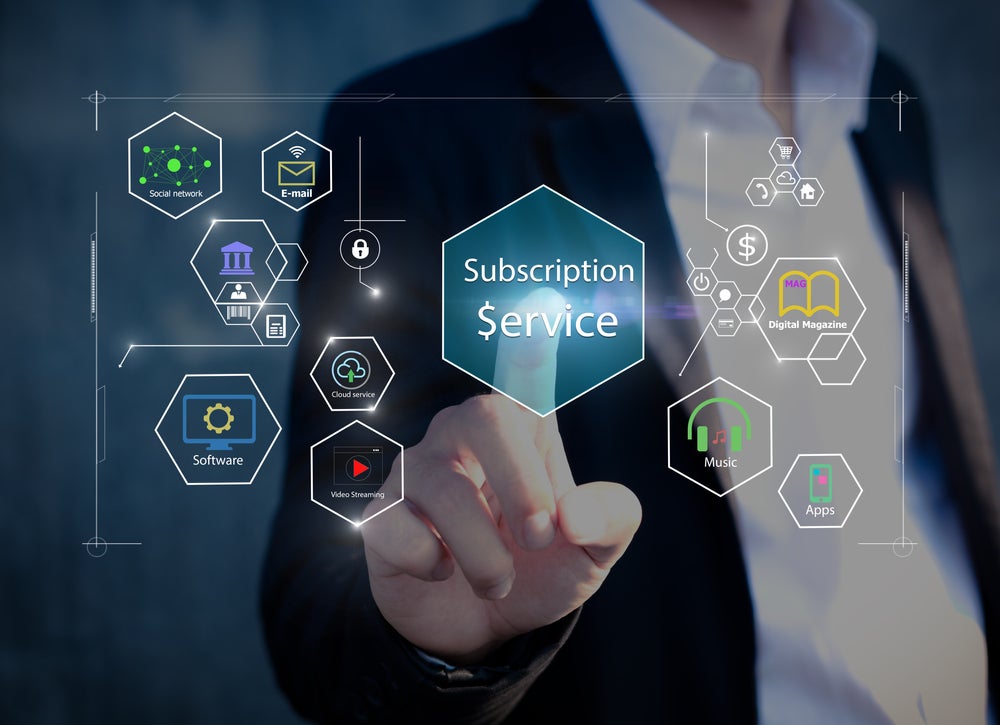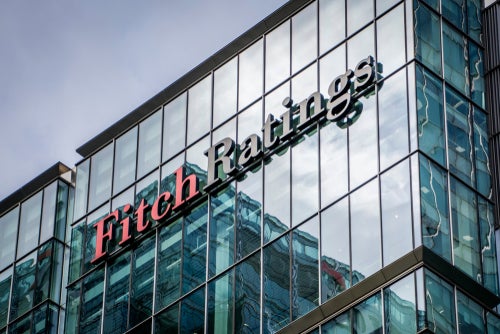
Equipment-as-a-Service, or EaaS, encompasses an array of market offerings ranging from bundled fixed-fee invoice structures to intricate variable subscription algorithms.
Diane Croessmann, a director at The Alta Group, a US-based consultant for the global equipment finance sector, highlights the evolving nature of EaaS and its potential to reshape traditional procurement methods.
Writing in the March/April 2024 edition of the National Equipment Finance Association’s Newsline magazine, Croessmann notes that while EaaS was conceived to meet the needs of a subscription-oriented generation, its ambiguous definition has sparked healthy scepticism about its ability to rival conventional purchasing, leasing, or rental alternatives.
EaaS offerings exhibit significant variability across industries and asset classes, yet they share common features. Unlike traditional financing arrangements, where the asset is part of a financial contract between the end user and the funding source, EaaS contracts are directly between the end user and a service provider.
These service providers, often equipment manufacturers, distributors, or managed service providers, offer comprehensive bundles that include equipment usage, consumables, maintenance, software applications, and other value-added components.
Benefits and challenges of EaaS
Croessmann outlines the benefits and challenges associated with EaaS payment structures. While variable usage-based contracts offer clear advantages for end users, they pose complex challenges for service providers. Managing end-user credit risk alongside risks related to underutilized assets and performance gaps requires careful assessment and mitigation strategies.
How well do you really know your competitors?
Access the most comprehensive Company Profiles on the market, powered by GlobalData. Save hours of research. Gain competitive edge.

Thank you!
Your download email will arrive shortly
Not ready to buy yet? Download a free sample
We are confident about the unique quality of our Company Profiles. However, we want you to make the most beneficial decision for your business, so we offer a free sample that you can download by submitting the below form
By GlobalDataService providers can be broadly categorized into those who mitigate risk through third-party funding sources and those who self-fund transactions. The latter group may leverage remanufacturing, secondary markets, and non-equipment revenue streams to balance EaaS risk effectively.
Navigating the unknowns
The subscription era introduces uncertainties about the future of EaaS, particularly as manufacturers leverage technology to meet evolving market demands.
Croessmann highlights the importance of distinguishing between true EaaS models and offerings that fall short of market requirements. As sensor and AI technologies enable more sophisticated EaaS solutions, service providers must adapt their funding strategies and risk assessments accordingly.
What is clear, is that the trajectory of EaaS remains dynamic, with implications for both service providers and the equipment financing industry. As market shifts unfold, stakeholders must navigate evolving landscapes with a keen eye on transparency and market demand.







